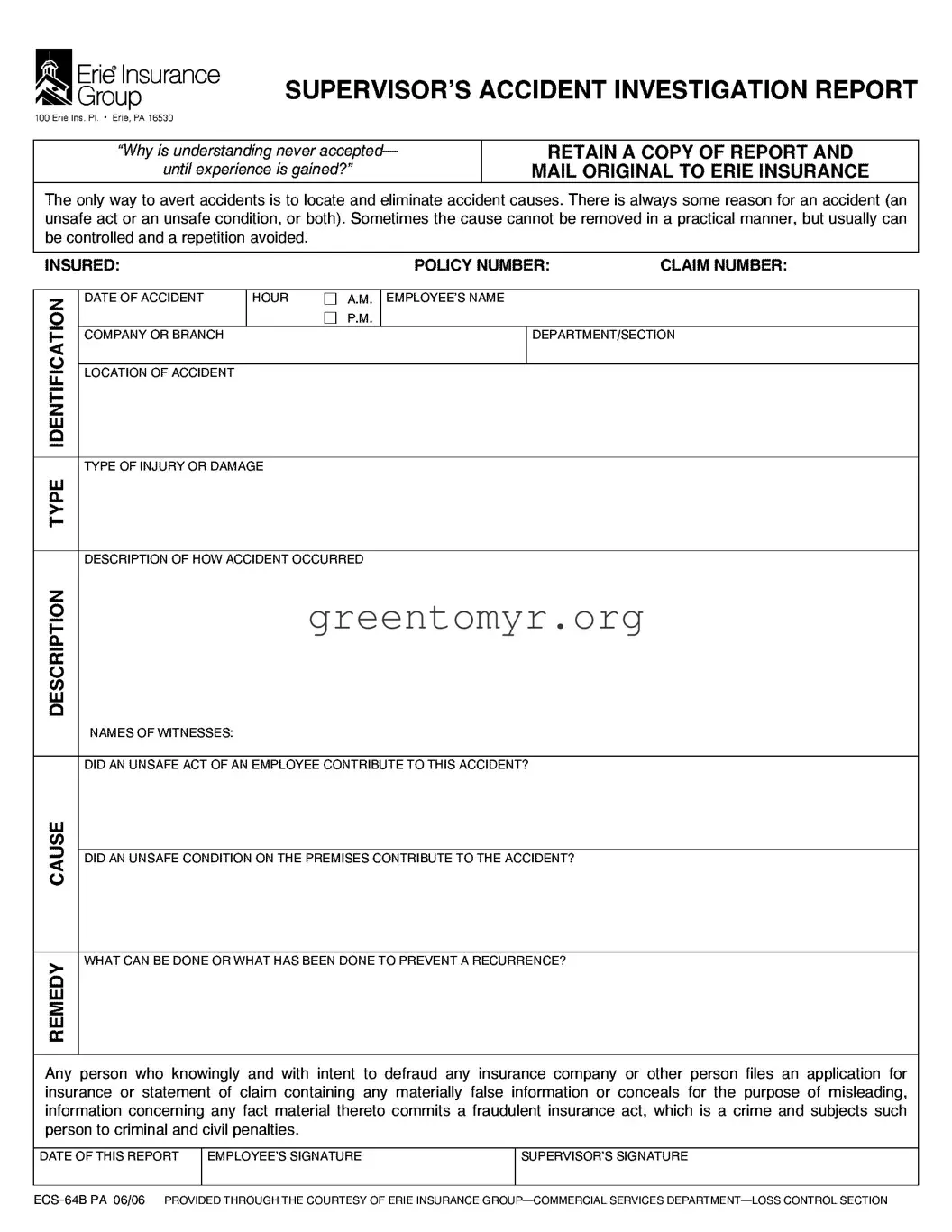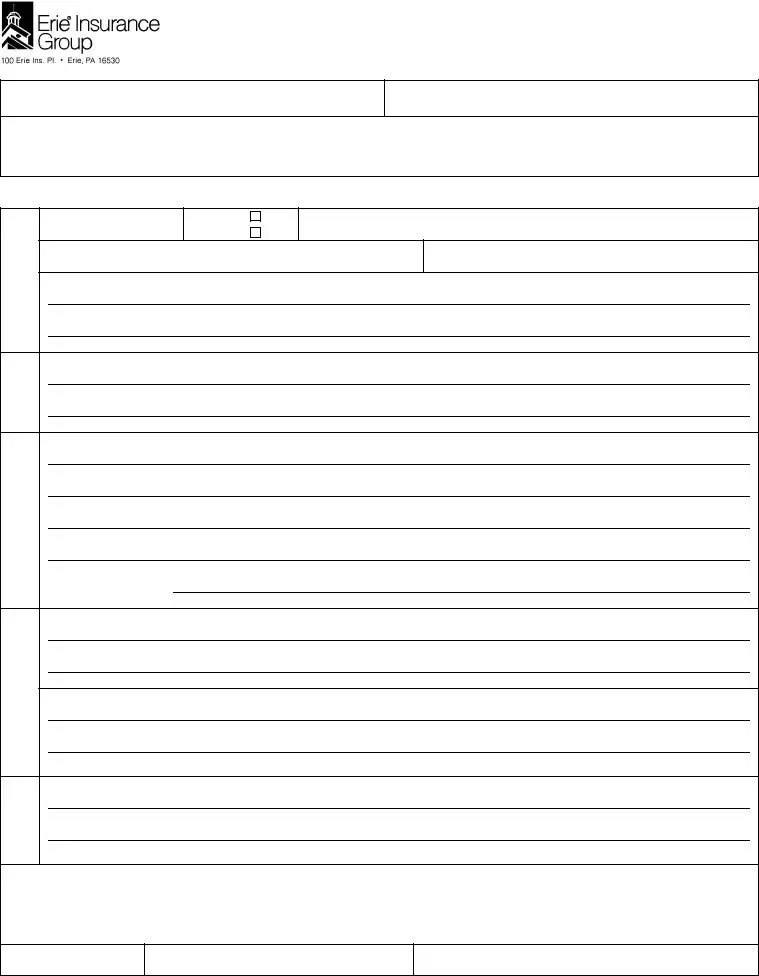Completing the Investigation form accurately is crucial for ensuring a smooth claims process. However, people often make mistakes that can complicate matters or delay resolution. One common error is failing to provide complete information regarding the employee’s name and the date of the accident. Incomplete entries can lead to confusion and may result in a lack of crucial details needed for further action.
Another mistake lies in the collection and documentation of witness names. Neglecting to record the names of individuals who observed the incident can hinder the investigation. This oversight may prevent important testimonies from being gathered, which could help clarify the circumstances surrounding the accident.
People also sometimes overlook the significance of accurately summarizing the description of how the accident occurred. Vague or misleading descriptions fail to inform investigators about the necessary conditions and actions that contributed to the event. A detailed account can significantly aid in identifying root causes and preventing future incidents.
Furthermore, addressing the sections about unsafe actions and conditions is essential. Some individuals might skip the questions regarding whether an unsafe act by an employee or an unsafe condition on the premises contributed to the accident. Omitting this crucial information can prevent the identification of underlying issues that need immediate attention.
Sometimes, individuals fill out the form but neglect to provide thoughtful responses to the question, “What can be done or what has been done to prevent a recurrence?” This section is vital for outlining preventative measures and demonstrating an effort to cultivate a safer work environment. Without this information, it becomes more challenging to implement meaningful changes.
Another frequent error involves not signing the form. Both the employee and supervisor must sign to validate the report. An unsigned document may lead to questions about its authenticity, causing unnecessary delays in processing.
Lastly, a significant mistake people make is failing to retain a copy of the report. Keeping a copy ensures that all parties have access to the information as needed. This can help clarify any misunderstandings that may arise later and serves as a record of the incident and investigation.

